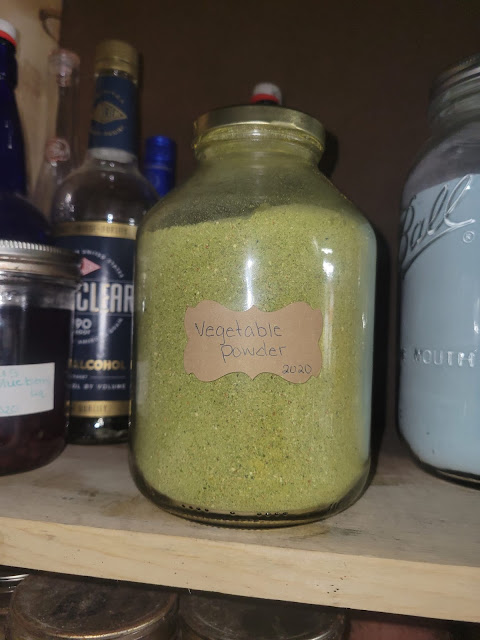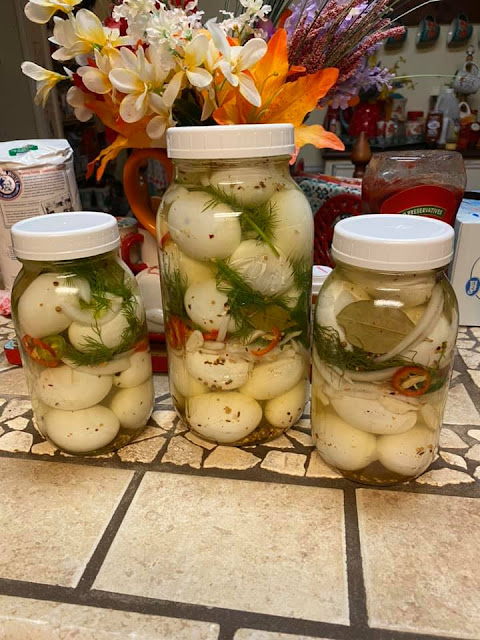Unlocking the Power of Homemade Veggie Powder: Elevate Your Family's Meals with Flavor and Nutrition
In a world where getting kids to eat their vegetables can be a challenge, finding creative ways to incorporate nutritious ingredients into their meals becomes essential.
One solution that has stood the test of time is homemade veggie powder. With a jar of this vibrant and flavorful powder on hand, you can effortlessly infuse a wide range of dishes with the goodness of vegetables. In this article, we'll delve into the journey of a home cook who recently embarked on a veggie powder-making adventure, sharing tips and insights on how to create this versatile superfood boost. Join us as we explore the benefits and various applications of homemade veggie powder, and discover how it can transform your family's meals into nourishing delights.
Recipe: Homemade Hamburger Helper: Elevating Convenience with Delicious DIY Recipes
Recipe: Homemade Veggie Powder
Ingredients:
- - 1 cup peas
- - 1 cup green beans
- - 1 cup carrots
- - 1 cup corn
- - 1 cup spinach
- - 1 cup kale
- - 1 cup yellow squash/zucchini
- - 2 tablespoons ground turmeric
Recipe: Tomato Skins Transformed: Homemade Tomato Powder for Culinary Magic
Instructions:
1. Preparing the Vegetables:
- Wash and thoroughly dry all the vegetables.
- For peas, green beans, and corn, blanch them in boiling water for a few minutes until they are slightly tender. Drain and pat them dry.
- For carrots, yellow squash/zucchini, spinach, and kale, chop them into small pieces.
Recipe: DIY Delight: How to Make Your Own Brown Sugar at Home
2. Dehydrating the Vegetables:
- Arrange the vegetables on dehydrator trays, ensuring they are spread out in a single layer.
- Set the dehydrator to a low temperature (around 125°F or 52°C) and let the vegetables dehydrate for approximately 8-10 hours or until they are completely dry and crisp.
- Alternatively, if you don't have a dehydrator, you can use an oven set to its lowest temperature, with the door slightly ajar. Place the vegetables on a baking sheet lined with parchment paper and dry them for a similar duration.
Recipe: From Liquid Gold to Powdered Perfection: Crafting Homemade Powdered Milk
3. Grinding into Powder:
- Once the vegetables are fully dehydrated, allow them to cool down.
- Transfer the cooled vegetables to a high-speed blender or a spice grinder.
- Add the ground turmeric to the blender or grinder.
- Pulse or blend the vegetables and turmeric until a fine powder is achieved. You may need to do this in batches to ensure even grinding.
Recipe: Nourishing Convenience: Homemade Dry Soup Jars for Cozy Crockpot Season
4. Storing the Veggie Powder:
- Transfer the veggie powder to an airtight jar or container, ensuring there are no moisture or air leaks.
- Store the jar in a cool, dry place away from direct sunlight.
- The veggie powder can be kept for several months and used as needed.
5. Enjoying the Veggie Powder:
- Sprinkle a spoonful or two of the homemade veggie powder into soups, stews, and sauces to enhance their flavor and nutritional content.
- Mix it into ground beef when making burgers or meatballs to stealthily introduce vegetables into the meal.
- Top roasted potatoes, vegetables, or even popcorn with a sprinkle of veggie powder for an added boost of nutrients and taste.
Recipe: Basil Salt: Elevate Your Dishes with a Flavorful Finishing Touch
Homemade veggie powder is a secret weapon for every home cook striving to boost their family's intake of essential nutrients.
By dehydrating an array of vegetables and combining them with ground turmeric, you create a versatile powder that can be effortlessly incorporated into various dishes. From soups and stews to spaghetti sauce and roasted potatoes, the possibilities are endless. So, take a leaf out of the veggie powder enthusiast's book, and embark on your own journey of creating this nourishing superfood boost. Embrace the joy of empowering your family's meals with a vibrant, flavorful, and nutrient-packed addition that will have everyone asking for seconds.




















Comments
hi! would you happen to know how long the shelf life of this is?
ReplyDeleteI don’t know but I imagine if you sealed it or froze it, it would greatly improve the length of time to keep it fresh…
DeleteCould you use frozen vegetables?
ReplyDeleteI do works fine
DeleteInstead of canning, can this be kept in a ziploc in the freezer?
ReplyDelete